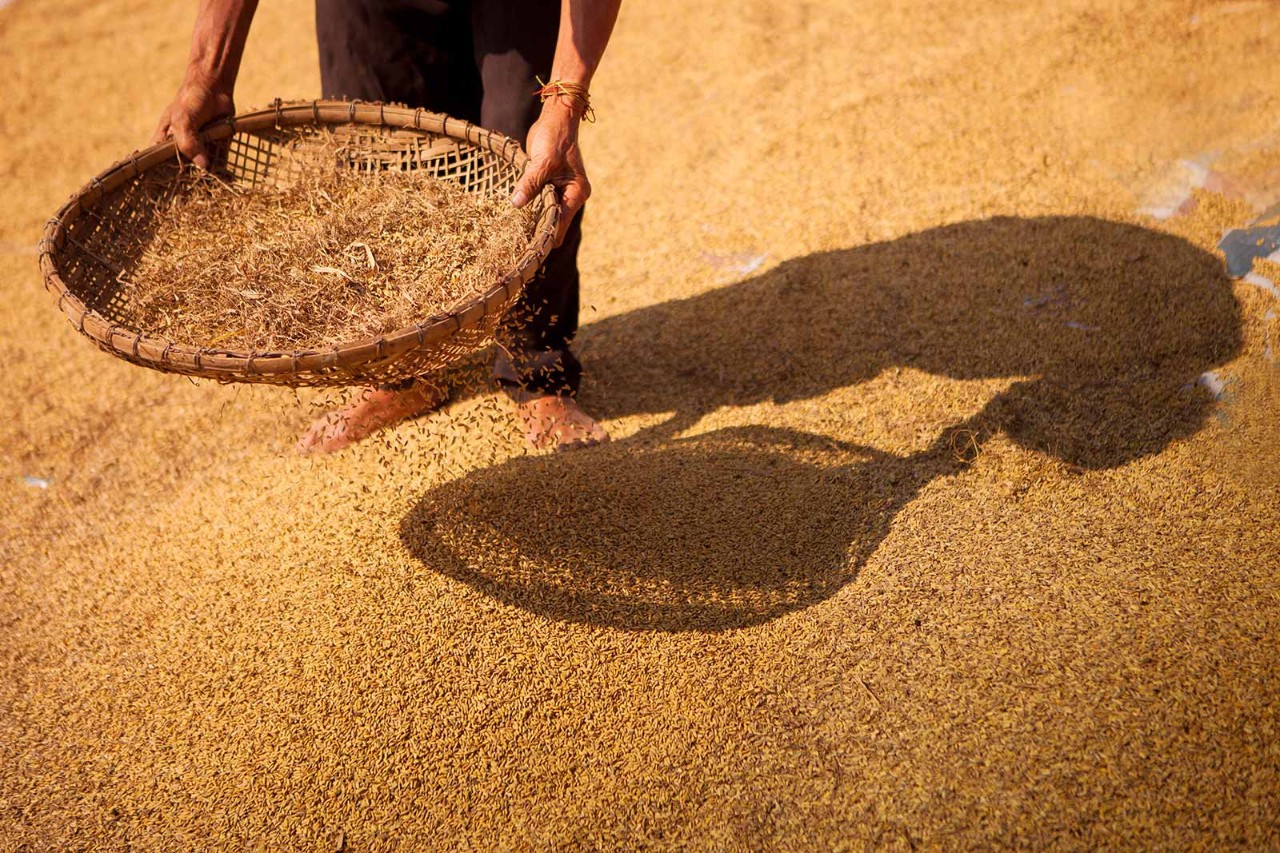
The developing economies of South-East Asia face two major risks. One is the economic fallout from the decelerating global economy. That risk is something we think the regional economies can contain. However, the other potential downside, arising from turbulence in global financial markets, will be harder to overcome.
Economic resilience remains our base case for the ASEAN economies. There has been a stark divergence between the economic data reported by China, Japan and South Korea and that from South-East Asia. Take the September purchasing manager indices (PMIs) in the manufacturing sector, which suggest contractions in the more developed economies of Asia but a more upbeat picture in South-East Asia.
Indonesia, in particular, stands out. Its manufacturing PMI rose to an eight-month high in September, and forward-looking indicators were also promising. Its pipeline of new domestic orders was robust, and business optimism, while cooling, still remained positive overall. PMI readings in the rest of the region also showed activity holding up reasonably well despite some deceleration.
Unlocked
The main reason for this relatively better performance is the relaxation of pandemic-related restrictions. Pent-up demand is being released. And with borders opening and visitors able to enter countries in the region without quarantine or testing requirements, tourism is making a vigorous comeback. This rebound will be particularly supportive of Thailand’s growth.

Nervous markets react violently to unexpected bits of bad news
Another factor explaining the resilience is the inflow of foreign direct investment. With the uncertainty created by the pandemic now receding, companies are gradually reconfiguring global supply chains that had been placed on hold. South-East Asia – especially Vietnam – is a winner from this shift in production patterns.
Will this regional outperformance be sustained as we move into 2023? That will hinge on how successful the regional governments will be in implementing planned infrastructure projects. Moreover if, as we believe, the Chinese economy can turn around, then South-East Asia will benefit from greater Chinese demand for its exports as well as from the likely uptick in commodity prices that a rebound in China would stimulate.
Turbulence on cards
However, the region cannot escape the fallout from more financial turbulence in global markets. With interest rates rising and liquidity tightening, financial markets are wilting. Note the spate of painful market corrections in response to bad news of late. Whether it is a multinational reporting weaker business prospects or the UK’s mini-Budget, nervous markets react violently to unexpected bits of bad news. We believe that this pattern will continue and possibly even worsen.
The Federal Reserve Bank in the US and other major central banks seem to believe they must raise rates sharply even at the risk of triggering an economic downturn. They are looking to restore the credibility they lost with their misjudgment over the recent surge in inflation, and they believe a slowdown now is better than losing control over inflation, as happened in the 1970s.
Monetary tightening will help, as will a show of determination to pursue fiscal consolidation
With the days of low rates and easy money over, a repricing of assets is under way. Some overhyped assets such as start-ups in some sectors and the more exotic cryptocurrencies have already corrected. But this repricing is only just beginning, and will work its way through to many other markets including real estate.
Consequently, the valuations of riskier assets, including those in the emerging markets of South-East Asia, will be more rigorously questioned now. There is bound to be further reallocation of capital away from such assets, which means capital outflows and therefore some degree of currency depreciation.
Cushioning the blows
Policymakers in the region cannot halt these movements but they can mitigate them. Central banks here have begun to raise rates after lagging behind the monetary tightening in developed economies for much of this year. That will help, as will a show of determination to pursue fiscal consolidation and reduce subsidies.
Our conclusion is that while South-East Asia is in for a rough period it can withstand the pressures. We think the region can maintain economic growth through 2023 as China recovers and some of the offsetting positive drivers of growth such as foreign direct investment are maintained.
However, the threat posed by ructions in global financial markets will be more difficult to avoid. The key will be demonstrating policy credibility – and that is something the region has begun to do.




